Home>Garden Essentials>How To Prune Evergreen Ground Cover
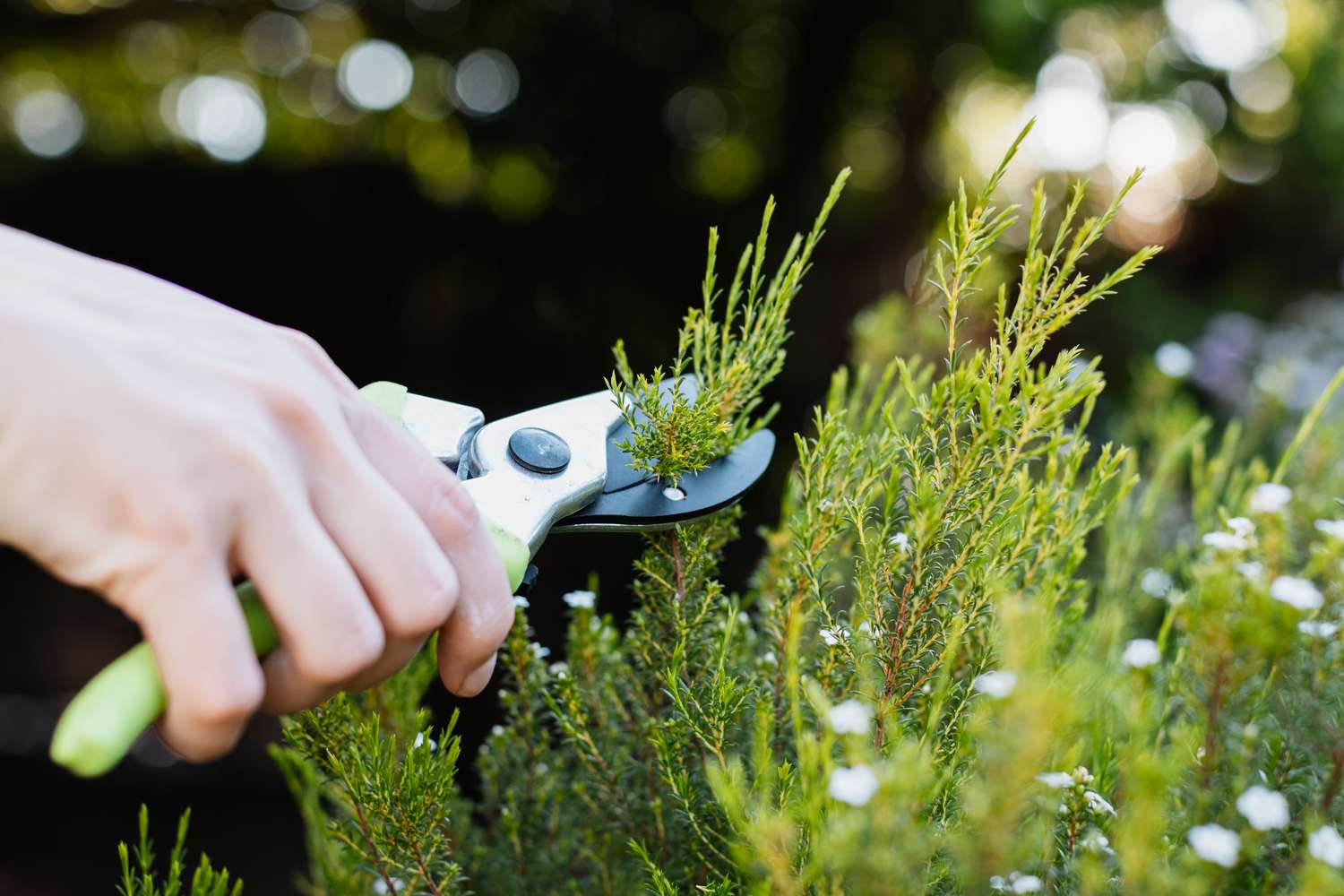

Garden Essentials
How To Prune Evergreen Ground Cover
Modified: August 25, 2024
Learn the best techniques for pruning evergreen ground cover in your garden. Ensure healthy growth and maintain a tidy appearance with these expert tips and tricks.
(Many of the links in this article redirect to a specific reviewed product. Your purchase of these products through affiliate links helps to generate commission for Storables.com, at no extra cost. Learn more)
Introduction
Pruning evergreen ground cover plays a crucial role in maintaining a healthy and beautiful garden. Whether you have a lush carpet of moss, creeping junipers, or low-growing sedums, regular pruning is essential to promote growth, control spread, and enhance the overall appearance of your ground cover plants.
Pruning not only helps to maintain the desired size and shape of evergreen ground cover, but it also encourages dense foliage growth and prevents overgrowth. By removing dead leaves, branches, and spent flowers, you can create a tidy and manicured look for your garden.
In this article, we will explore the benefits of pruning evergreen ground cover, the best time to prune, the tools and equipment needed, a step-by-step guide to pruning, tips for successful pruning, and common mistakes to avoid. So, grab your gardening gloves and let’s dive into the wonderful world of pruning evergreen ground cover!
Before we jump into the benefits of pruning, let’s take a moment to understand what exactly constitutes evergreen ground cover. This term refers to low-growing plants that spread horizontally, forming a dense carpet-like covering over the soil. They are typically used to control erosion, fill in gaps between larger plants, and provide an attractive ground layer in landscapes.
Some popular varieties of evergreen ground cover include creeping thyme, Irish moss, creeping phlox, and ajuga. These plants not only add visual interest but also offer practical advantages such as suppressing weed growth and providing habitat for beneficial insects.
Now that we have a clear understanding of what evergreen ground cover is and its importance in the garden, let’s delve into the numerous benefits of pruning this type of vegetation.
Key Takeaways:
- Pruning evergreen ground cover promotes healthy growth, controls spread, and enhances appearance. It’s like giving your garden a haircut to keep it looking lush and vibrant!
- Timing and technique are key to successful pruning. Use the right tools, avoid common mistakes, and observe plant responses for a thriving garden. Happy pruning!
Benefits of Pruning Evergreen Ground Cover
Pruning evergreen ground cover offers a multitude of benefits that go beyond mere aesthetics. Here are the top advantages that come with regular pruning:
- Promotes Healthy Growth: Pruning stimulates new growth by removing dead, damaged, or diseased branches. This helps maintain the overall health of the evergreen ground cover and encourages the development of vibrant, lush foliage.
- Controls Spread: Many varieties of evergreen ground cover have a tendency to spread rapidly. Pruning allows you to control and limit their growth, preventing them from encroaching on other plants or areas of your garden.
- Encourages Dense Foliage: By selectively pruning back certain branches, you can promote the growth of dense foliage. This helps create a lush carpet-like effect, enhancing the visual appeal of your garden and providing a more cohesive appearance.
- Refreshes Appearance: Over time, evergreen ground cover may become disheveled or leggy. Pruning removes overgrown stems and rejuvenates the plants, giving them a fresh and revitalized look.
- Enhances Flowering: Pruning helps promote better flowering in certain varieties of evergreen ground cover. By removing spent flowers, you encourage the plant to produce more blooms, extending the period of color and visual interest in your garden.
- Improves Air Circulation: Dense foliage in evergreen ground cover can sometimes lead to poor air circulation, creating a breeding ground for fungal diseases. Pruning opens up the canopy, allowing for better air movement and reducing the risk of disease.
- Prevents Weeds and Pests: Pruning helps create a dense cover that limits weed growth, preventing them from taking root and competing with your ground cover plants. It can also expose any potential pest infestations, allowing you to take early action and prevent any further damage.
By regularly pruning your evergreen ground cover, you not only maintain its health and appearance but also create a more manageable and enjoyable gardening experience. Now that we understand the numerous benefits of pruning, let’s explore the best time to undertake this essential garden task.
When to Prune Evergreen Ground Cover
The timing of pruning evergreen ground cover largely depends on the specific variety you have in your garden. However, there are general guidelines that can help you determine the best time to prune:
- Spring: Spring is an ideal time to prune most evergreen ground covers. As the weather starts warming up and new growth begins, you can trim back any dead or damaged branches, shape the plants, and remove any unwanted growth. This timing allows the plants to recover quickly and grow vigorously during the active growing season.
- After Flowering: If your evergreen ground cover produces flowers, such as creeping phlox or creeping thyme, it’s best to prune them immediately after flowering. This helps maintain the overall appearance of the plants and encourages a second flush of blooms later in the season.
- Early Winter: Some evergreen ground covers, like wintergreen (Gaultheria procumbens) or creeping junipers, benefit from a light pruning in early winter. This removes any winter-damaged foliage, tidies up the plants, and prepares them for the dormant period.
- Avoid Pruning During Extreme Heat: It’s important to avoid pruning evergreen ground cover during periods of extreme heat. Pruning during hot weather can stress the plants and increase the risk of wilting or damage. Instead, choose cooler morning or evening hours for pruning to minimize any negative impact.
It’s crucial to research the specific pruning requirements of your evergreen ground cover variety. Some plants may have unique pruning needs, such as specific times to avoid pruning, or may require more frequent pruning to maintain their desired shape and density.
Remember to always use clean and sharp pruning tools when working with evergreen ground cover. Dull and dirty tools can cause unnecessary damage to the plants and increase the risk of disease transmission. Now that we know when to prune, let’s gather the tools and equipment needed for successful pruning.
Tools and Equipment Needed
Having the right tools and equipment is essential for efficient and effective pruning of evergreen ground cover. Here are the essential items you will need:
- Pruning Shears: Also known as hand pruners or secateurs, these are used for cutting small branches and stems. Look for a pair of sharp bypass pruners that can cleanly cut through the foliage without causing damage to the plants.
- Loppers: For thicker branches or stems, loppers are necessary. These long-handled pruning tools provide extra leverage and cutting capacity. Choose a pair with sharp blades that can easily handle branches up to 1-1.5 inches in diameter.
- Pruning Saw: If you have larger, woody branches that need to be removed, a pruning saw is a must-have tool. Look for a saw with a curved blade, which offers better control and precision.
- Garden Gloves: Protect your hands while pruning by wearing a sturdy pair of garden gloves. They will not only shield you from thorns and prickles but also provide a better grip on the tools.
- Eye Protection: Safety should always be a priority when pruning. Wear protective eyewear to shield your eyes from flying debris and prevent any potential harm.
- Cleaning Supplies: Keep a bucket of water mixed with a mild detergent nearby to clean your tools between cuts. This helps reduce the risk of disease transmission and allows for smoother pruning.
- Disinfectant: It’s important to disinfect your tools after each use, especially when pruning diseased plants. Using a solution of one-part bleach to nine-parts water, thoroughly clean and disinfect your tools to prevent the spread of pathogens.
- Pruning Guidebook or Resources: If you are unsure about the specific pruning requirements of your evergreen ground cover, it’s helpful to have a guidebook or reliable online resources to consult. This will ensure that you have the correct information and techniques for pruning your specific plants.
Having these essential tools and equipment will make your pruning tasks easier and more efficient. Remember to always maintain your tools by keeping them clean, sharpened, and properly stored to extend their lifespan.
Now that you have the necessary tools, let’s dive into the step-by-step guide for pruning evergreen ground cover.
When pruning evergreen ground cover, make sure to remove any dead or damaged branches, and trim back any overgrown areas to maintain a tidy and healthy appearance. Avoid cutting into the woody stems, as this can harm the plant.
Step-by-Step Guide to Pruning Evergreen Ground Cover
Pruning evergreen ground cover may seem daunting, but with the right approach, it can be a straightforward and rewarding task. Follow these steps to ensure successful pruning:
- Inspect the Plants: Before you start pruning, take a close look at your evergreen ground cover. Identify any dead, damaged, or diseased branches that need to be removed. Also, take note of any areas that require shaping or thinning.
- Clean Your Tools: Before you begin cutting, make sure your pruning tools are clean and disinfected. This helps prevent the spread of diseases between plants.
- Start with Dead and Damaged Branches: Using pruning shears, loppers, or a pruning saw, remove any dead or damaged branches first. Cut back to healthy tissue, making clean cuts just above a bud or branch junction.
- Shape the Plants: If your evergreen ground cover has become overgrown or needs shaping, use hand pruners or loppers to trim back the branches to achieve the desired size and shape. Take care not to remove too much at once, as it can stress the plants.
- Thin Out the Foliage: To encourage better airflow and prevent disease, thin out dense foliage in your evergreen ground cover. Use hand pruners to selectively remove some branches or stems, creating space between the plants.
- Remove Spent Flowers: If your ground cover plants produce flowers, remove any spent blooms to encourage continued flowering. Use hand pruners or pinch off the faded flowers with your fingers, depending on the plant’s requirements.
- Clean Up the Debris: As you prune, collect and remove the trimmed branches, foliage, and flowers. Dispose of them properly, avoiding composting if there are any diseased materials.
- Inspect and Monitor: After pruning, take a step back and assess the appearance of your evergreen ground cover. Make any necessary adjustments or touch-ups to achieve the desired look.
Following these steps will help you maintain the health, shape, and overall appearance of your evergreen ground cover. Remember to take your time, work carefully, and enjoy the process of nurturing your garden.
Now that you know how to prune your evergreen ground cover, let’s explore some tips for successful pruning.
Read more: How To Store Prunes
Tips for Successful Pruning
Pruning evergreen ground cover requires careful attention and proper techniques to ensure successful results. Here are some tips to help you achieve effective and successful pruning:
- Know Your Plants: Understand the specific pruning requirements of your evergreen ground cover. Research the plant’s growth habits, preferred pruning times, and techniques to ensure you are pruning correctly.
- Start Small: If you’re new to pruning, start with small, simple tasks to gain confidence and experience. Gradually work your way up to more challenging pruning projects as you become familiar with the process.
- Use Sharp and Clean Tools: Always use sharp, clean tools for pruning. Dull tools can cause ragged cuts and damage the plants, while dirty tools can spread diseases. Sharpen your pruning shears, loppers, and saws regularly, and clean them with a disinfectant before and after use.
- Make Proper Cuts: When making cuts, ensure they are clean and precise. Cut just above node or branch junctions, leaving a slight angle to help with water runoff. Avoid leaving stubs, as they can attract pests or lead to rot.
- Take It Slow: Pruning is a process that requires patience and attention to detail. Take your time and carefully evaluate each cut before making it. Remember, it’s easier to remove more later if needed than to undo a cut that was too aggressive.
- Prune for Shape and Balance: When shaping your evergreen ground cover, aim for a natural and balanced appearance. Consider the overall size, symmetry, and proportions of the plant, and prune accordingly to achieve a harmonious look.
- Regularly Maintain: Pruning is not a one-time task. To keep your evergreen ground cover in optimal condition, regular maintenance pruning is essential. Make it a part of your gardening routine, tackling small pruning tasks throughout the year.
- Observe and Learn: Take the time to observe how your evergreen ground cover responds to pruning. Pay attention to how the plants grow, their recovery time, and any potential issues that arise. This will help you fine-tune your pruning techniques and adjust your approach accordingly.
By following these tips, you will become more confident and skilled in pruning your evergreen ground cover. Remember to stay patient, be observant, and enjoy the process of nurturing your garden.
Now, let’s explore some common mistakes to avoid when pruning evergreen ground cover.
Common Mistakes to Avoid
Pruning evergreen ground cover requires precision and care to ensure the health and vitality of your plants. Avoiding these common mistakes will help you achieve successful results:
- Overpruning: One of the most common mistakes is removing too much foliage or branches at once. Avoid overpruning, as it can weaken the plants and hinder their growth. Prune conservatively and gradually, allowing the plants to recover between pruning sessions.
- Pruning at the Wrong Time: Timing is crucial when it comes to pruning evergreen ground cover. Pruning at the wrong time can disrupt the plant’s natural growth cycle and reduce its overall vigor. Research the specific timing requirements for your plant and prune accordingly.
- Using Incorrect Tools: Using the wrong pruning tools can lead to improper cuts and damage to the plants. Make sure you have the appropriate tools for the job and use them correctly. Hand pruners for smaller branches, loppers for thicker branches, and pruning saws for woody or large stems.
- Ignoring Plant Health: Pruning is not a substitute for proper care and maintenance of your evergreen ground cover. If your plants are struggling with pests, diseases, or poor growing conditions, address these issues before pruning. Pruning should be done on healthy plants to promote their well-being.
- Tidying Up Too Much: While it’s essential to remove dead or damaged branches, avoid the temptation to remove every single leaf or spent flower. Over-tidying can stress the plants and disrupt their natural growth patterns. Leave some foliage intact to protect the plant and encourage photosynthesis.
- Improper Techniques: Pruning without understanding proper techniques can result in jagged cuts, damaged bark, or weakened branches. Take the time to learn and practice correct pruning techniques to ensure clean and precise cuts that promote the plant’s overall health.
- Not Observing Plant Response: Each plant may respond differently to pruning. Pay attention to how your evergreen ground cover reacts to pruning, such as new growth patterns, foliage density, and flowering habits. This will help you make informed decisions and adjust your pruning techniques accordingly.
- Skipping Regular Maintenance: Regular maintenance pruning is crucial for keeping evergreen ground cover in optimal condition. Neglecting routine pruning can lead to overgrowth, poor plant health, and reduced visual appeal. Make pruning a part of your gardening routine to ensure the ongoing health and maintenance of your plants.
By avoiding these common mistakes, you will promote the health and beauty of your evergreen ground cover while maintaining a sustainable and thriving garden. Now that we’ve covered the common pitfalls, let’s wrap up our discussion.
Conclusion
Pruning evergreen ground cover is an essential task for maintaining a healthy and visually appealing garden. By understanding the benefits of pruning, knowing the right time to prune, and using the proper tools and techniques, you can successfully shape and care for your evergreen ground cover plants.
Regular pruning promotes healthy growth, controls the spread of the plants, and encourages dense foliage. It also refreshes the appearance, enhances flowering, improves air circulation, and prevents weeds and pests. By following a step-by-step guide and implementing tips for successful pruning, you can achieve the desired shape and size while ensuring the overall well-being of your evergreen ground cover.
Avoiding common mistakes such as overpruning, using incorrect tools, and ignoring plant health is essential for the success of your pruning endeavors. By practicing proper techniques, observing plant responses, and incorporating regular maintenance pruning into your gardening routine, you can enjoy the long-term benefits of a vibrant and beautiful garden.
Remember, each type of evergreen ground cover may have specific pruning requirements, so it’s important to research and understand the needs of your plants. By investing time and effort into proper pruning techniques, you can create a stunning landscape that showcases the full potential of your evergreen ground cover.
So, don’t hesitate to put on your gardening gloves, grab your pruning tools, and take the necessary steps to care for your evergreen ground cover. With patience, practice, and a little TLC, you can create an enviable garden that thrives and flourishes year-round.
Frequently Asked Questions about How To Prune Evergreen Ground Cover
Was this page helpful?
At Storables.com, we guarantee accurate and reliable information. Our content, validated by Expert Board Contributors, is crafted following stringent Editorial Policies. We're committed to providing you with well-researched, expert-backed insights for all your informational needs.
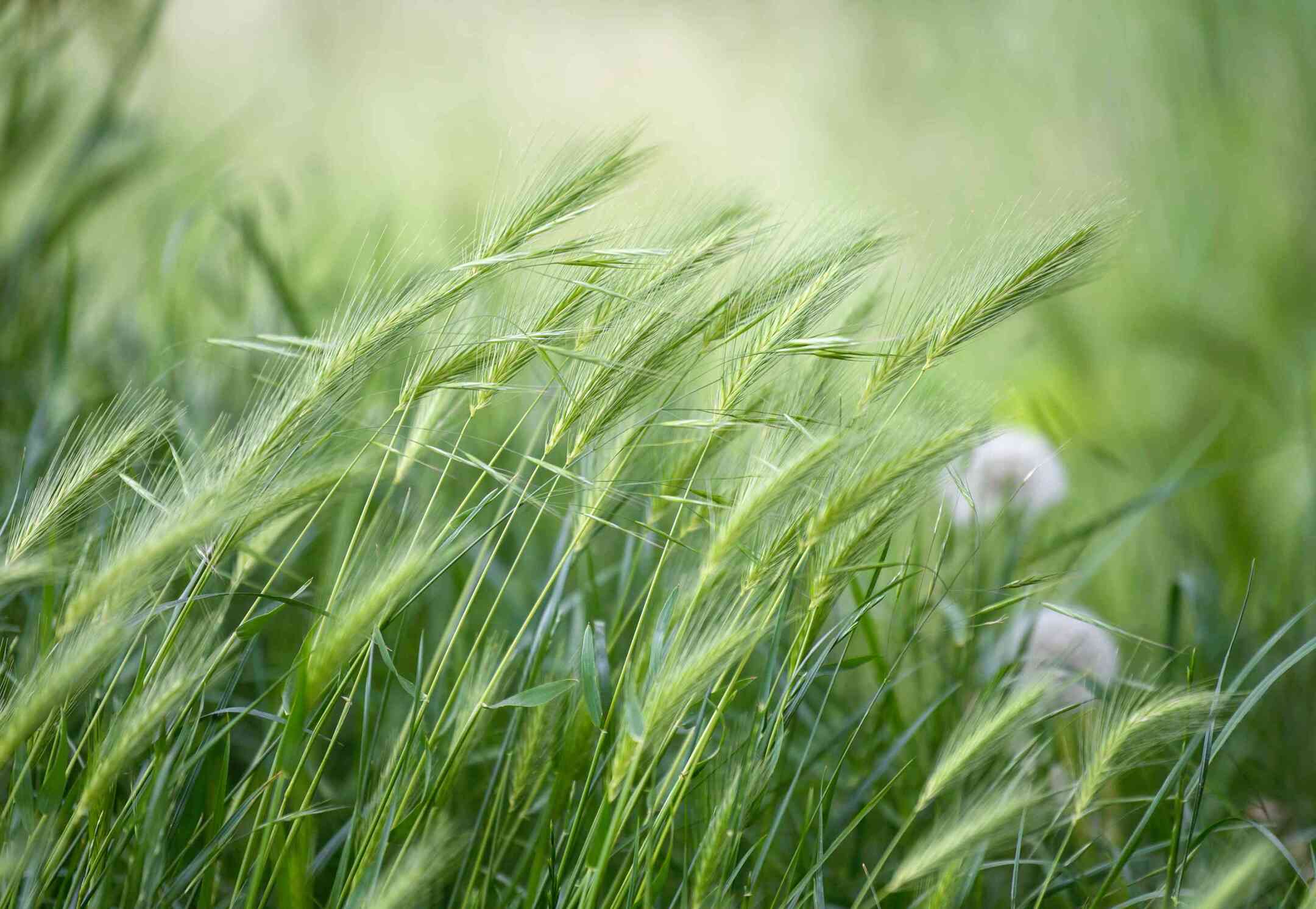
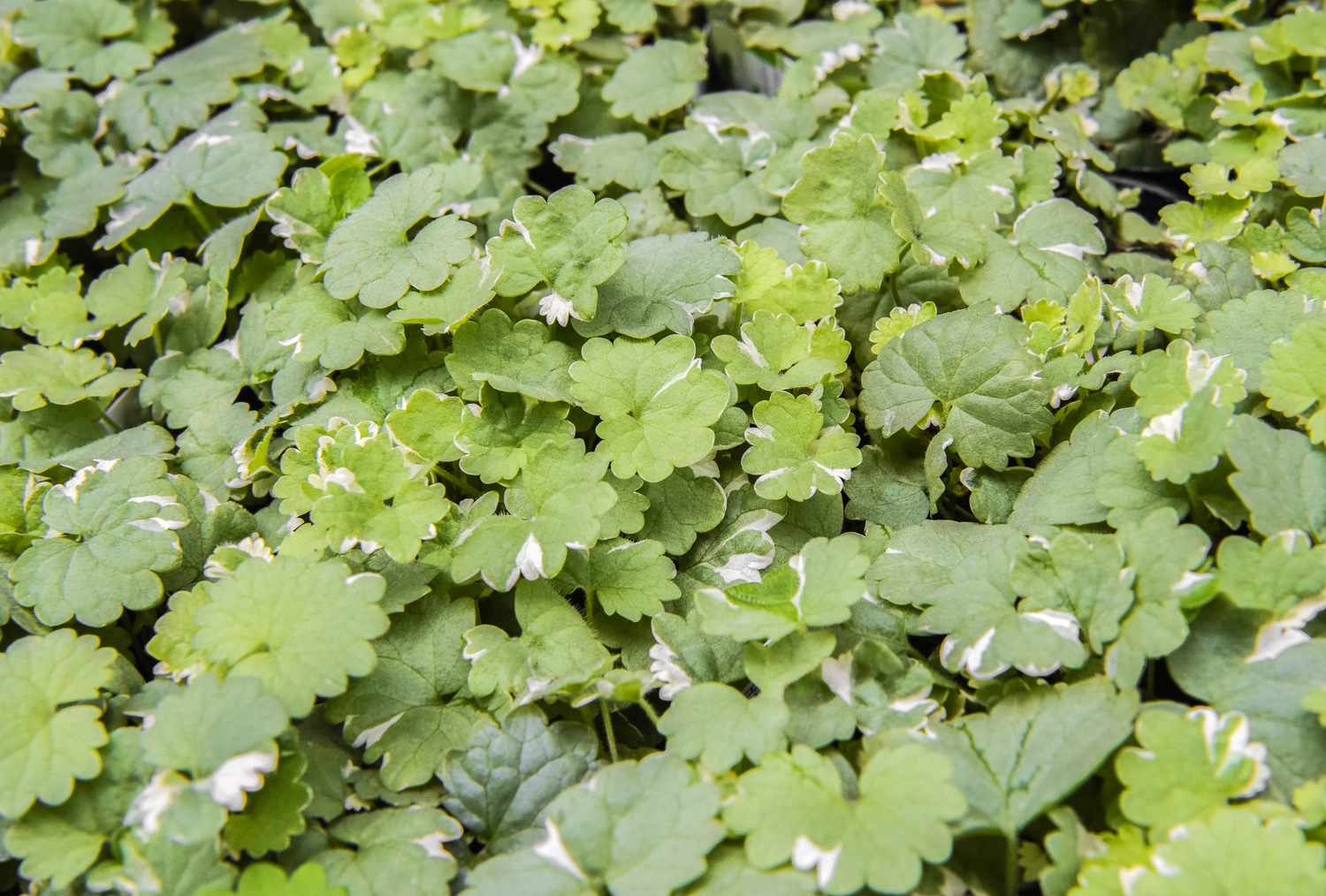

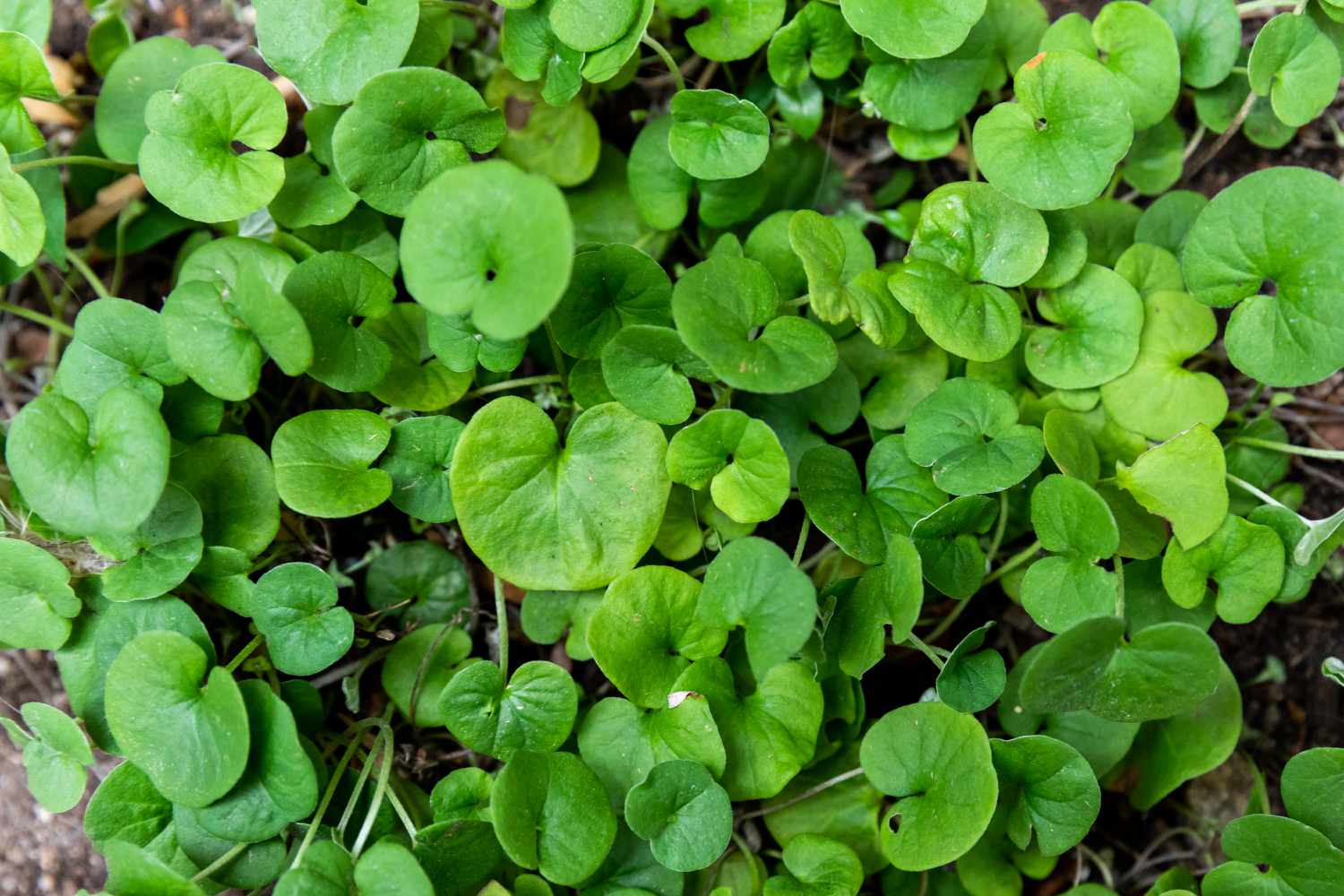


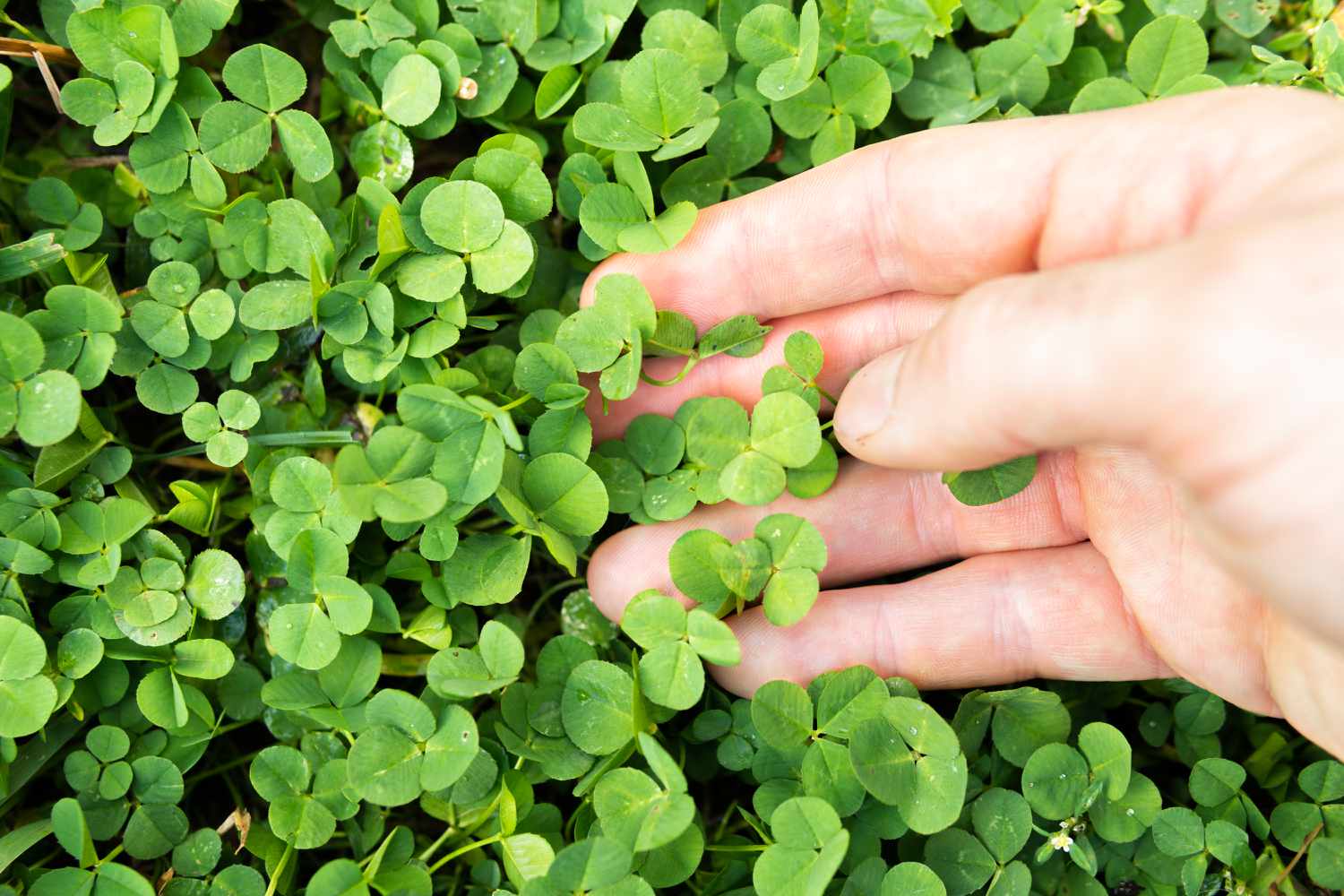

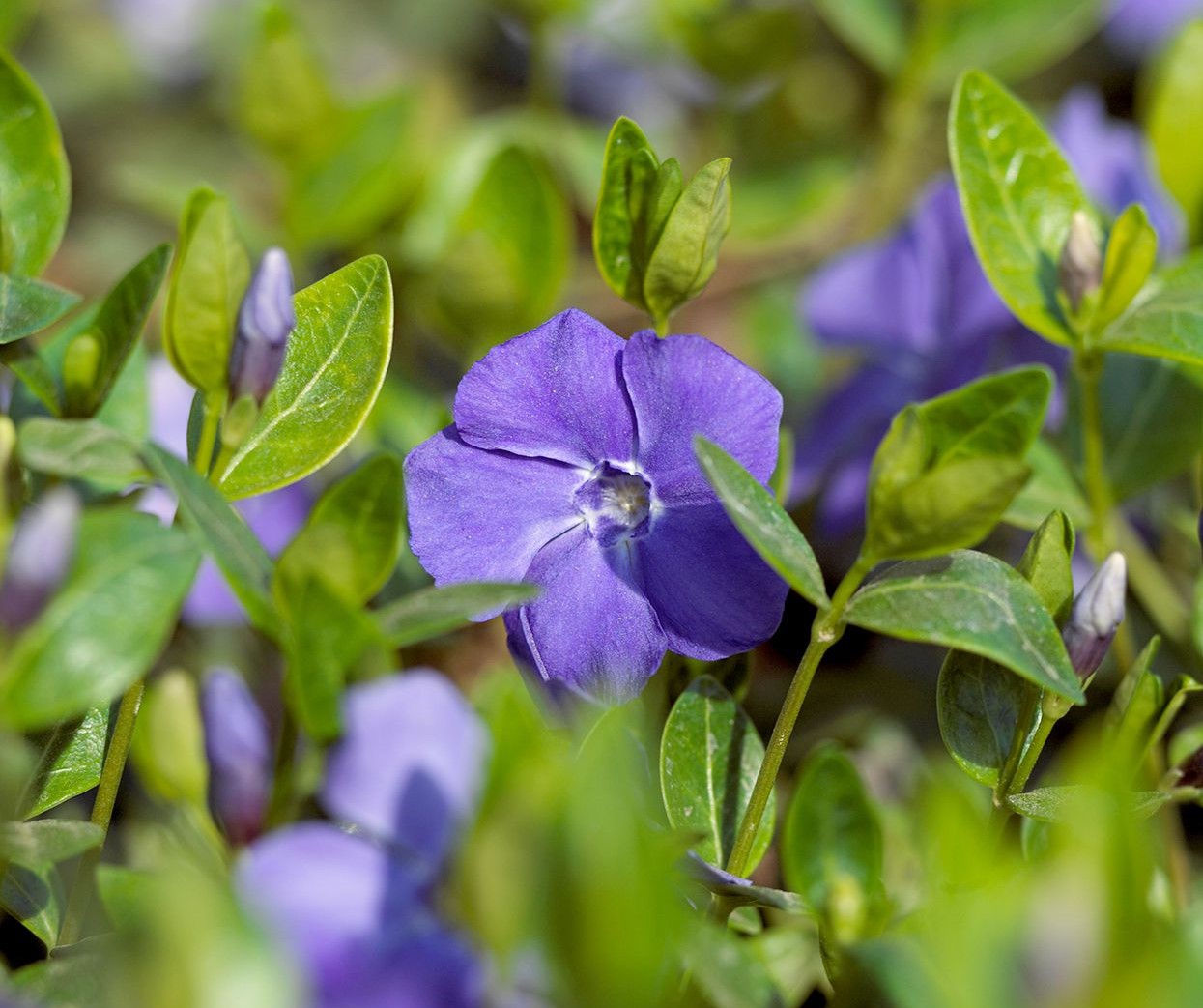
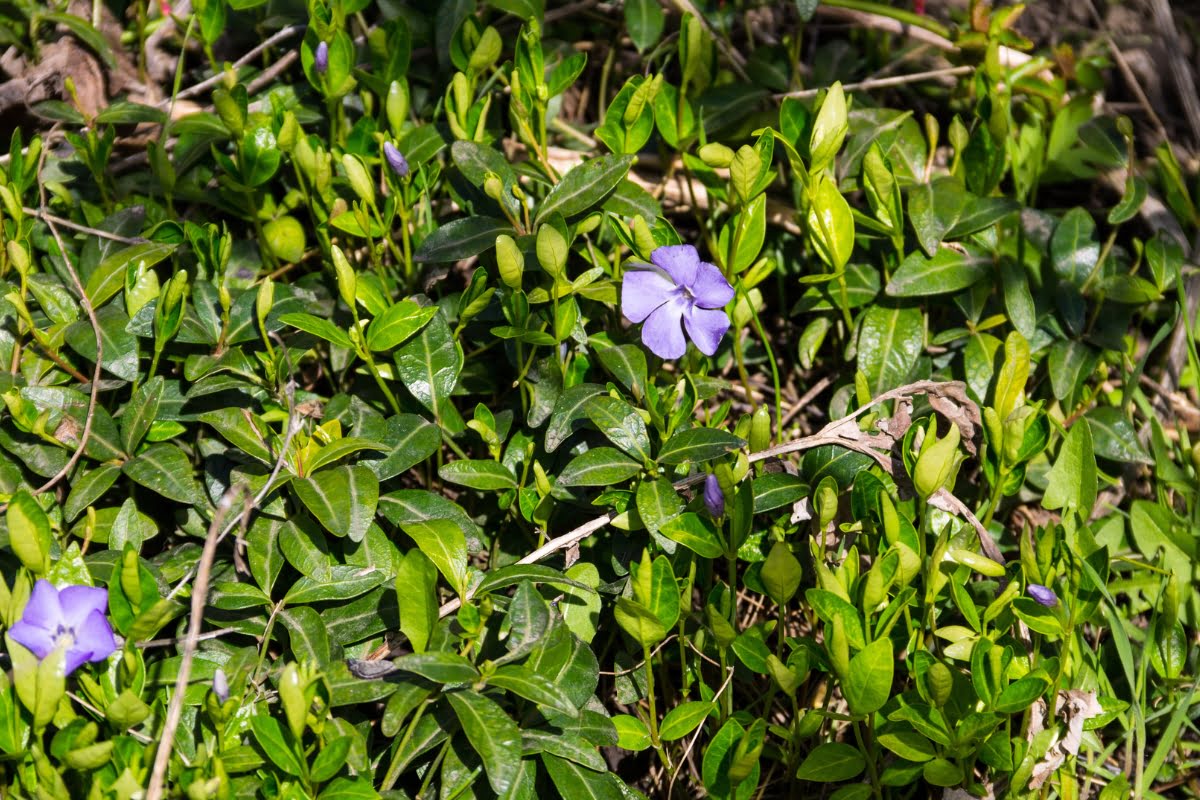
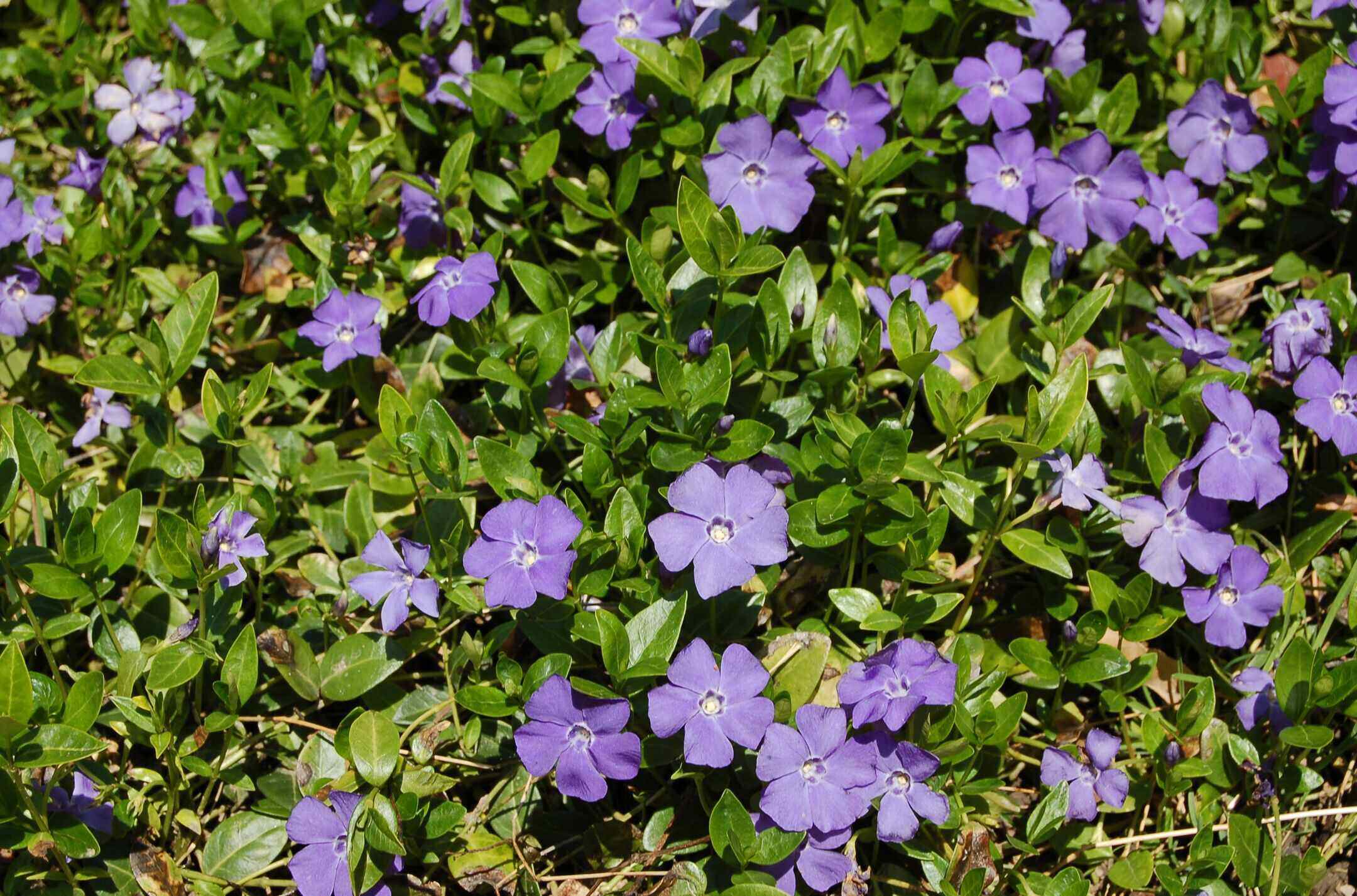
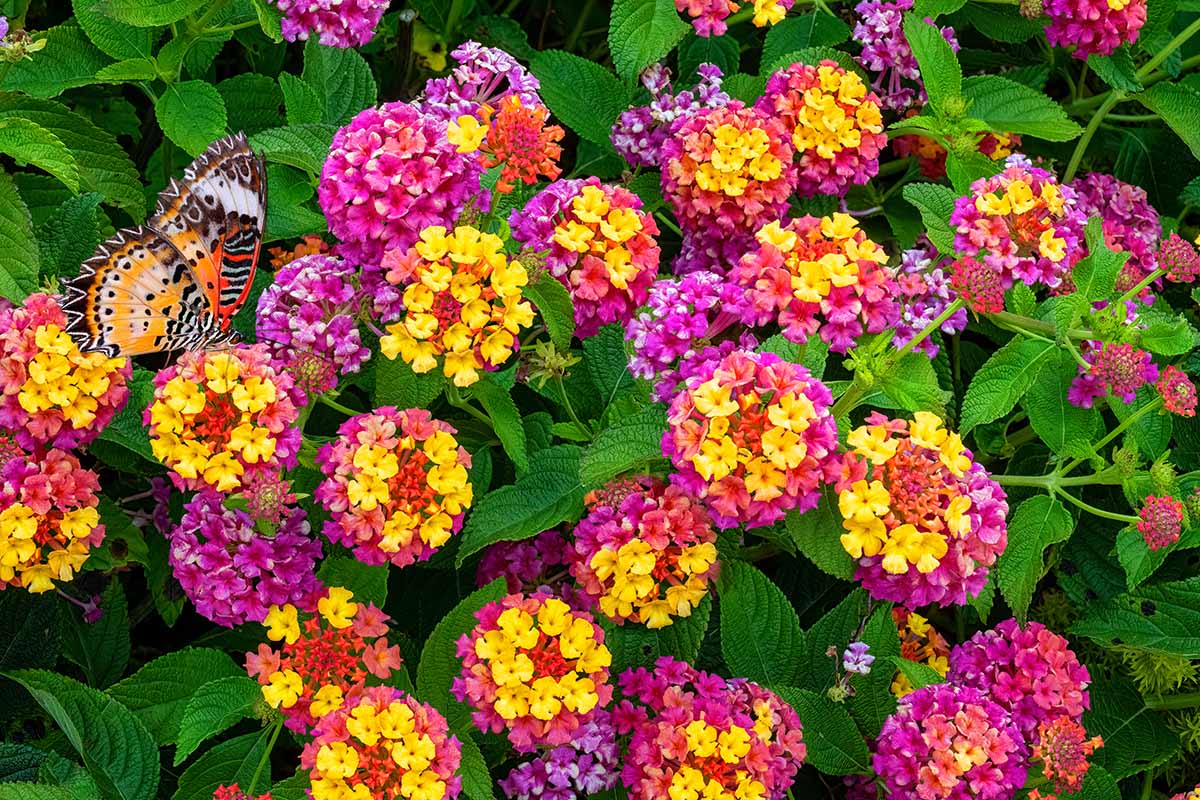
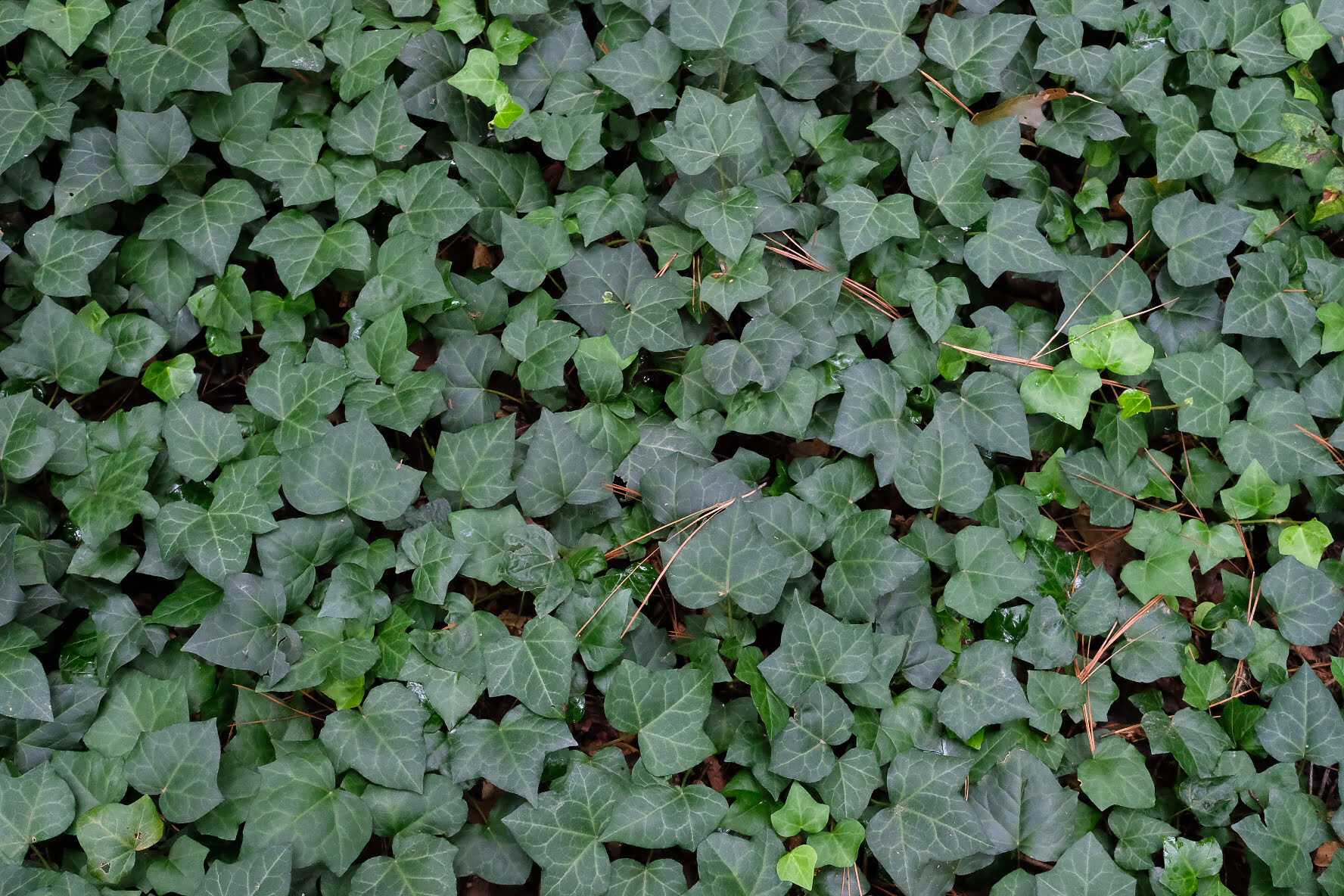


0 thoughts on “How To Prune Evergreen Ground Cover”